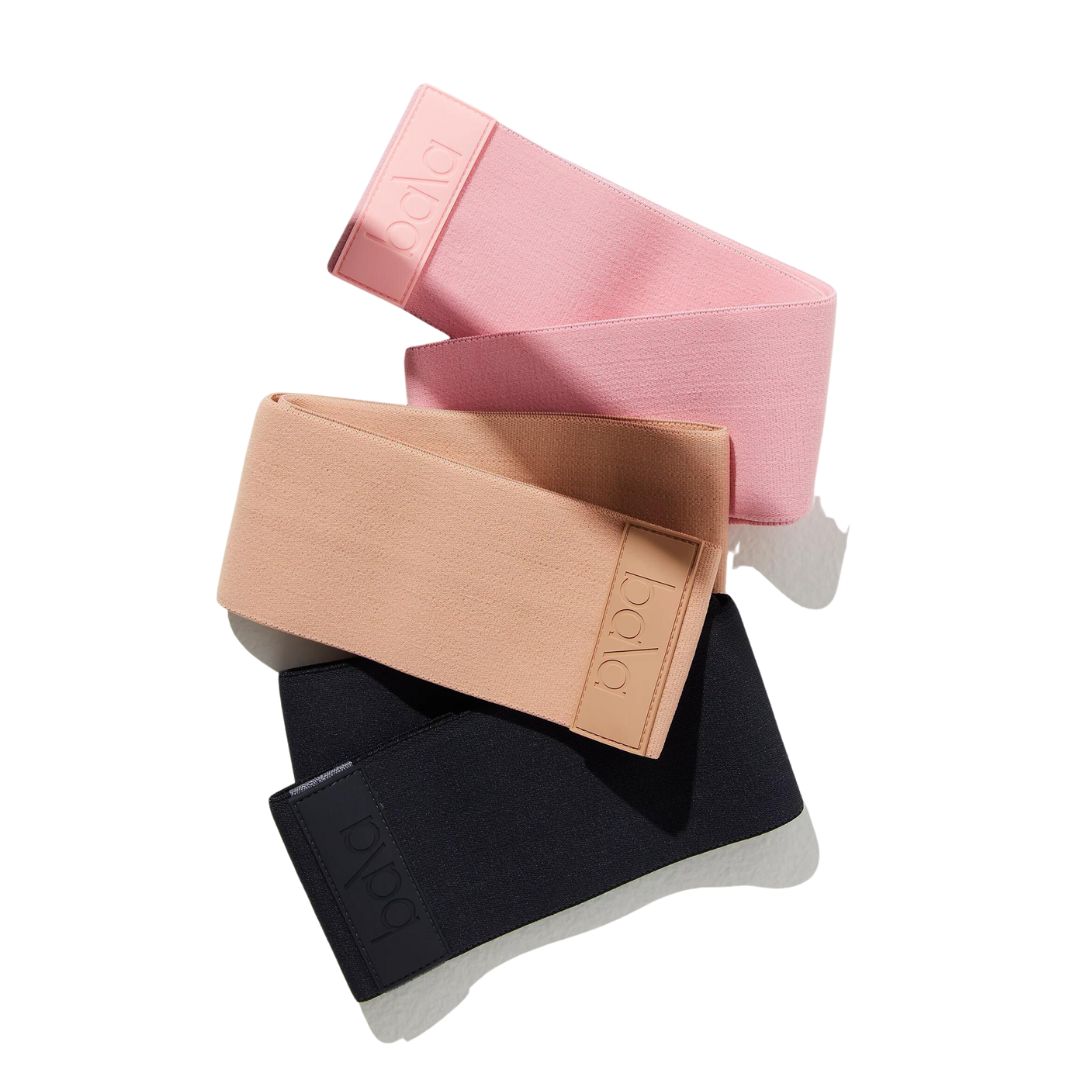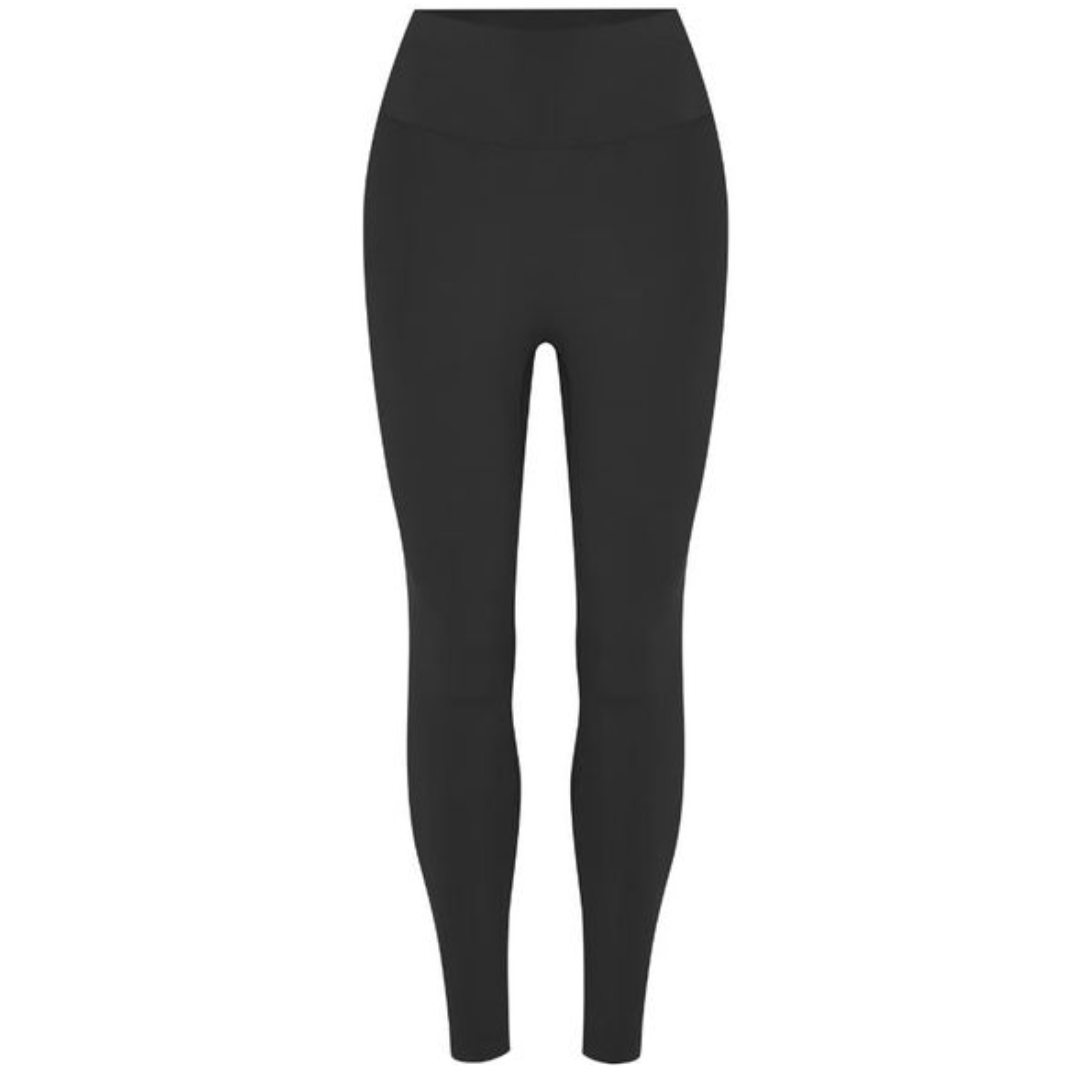As an eternally stressed person - trust me when I say these 10 relaxation techniques have changed the game
Relaxation mode: on.
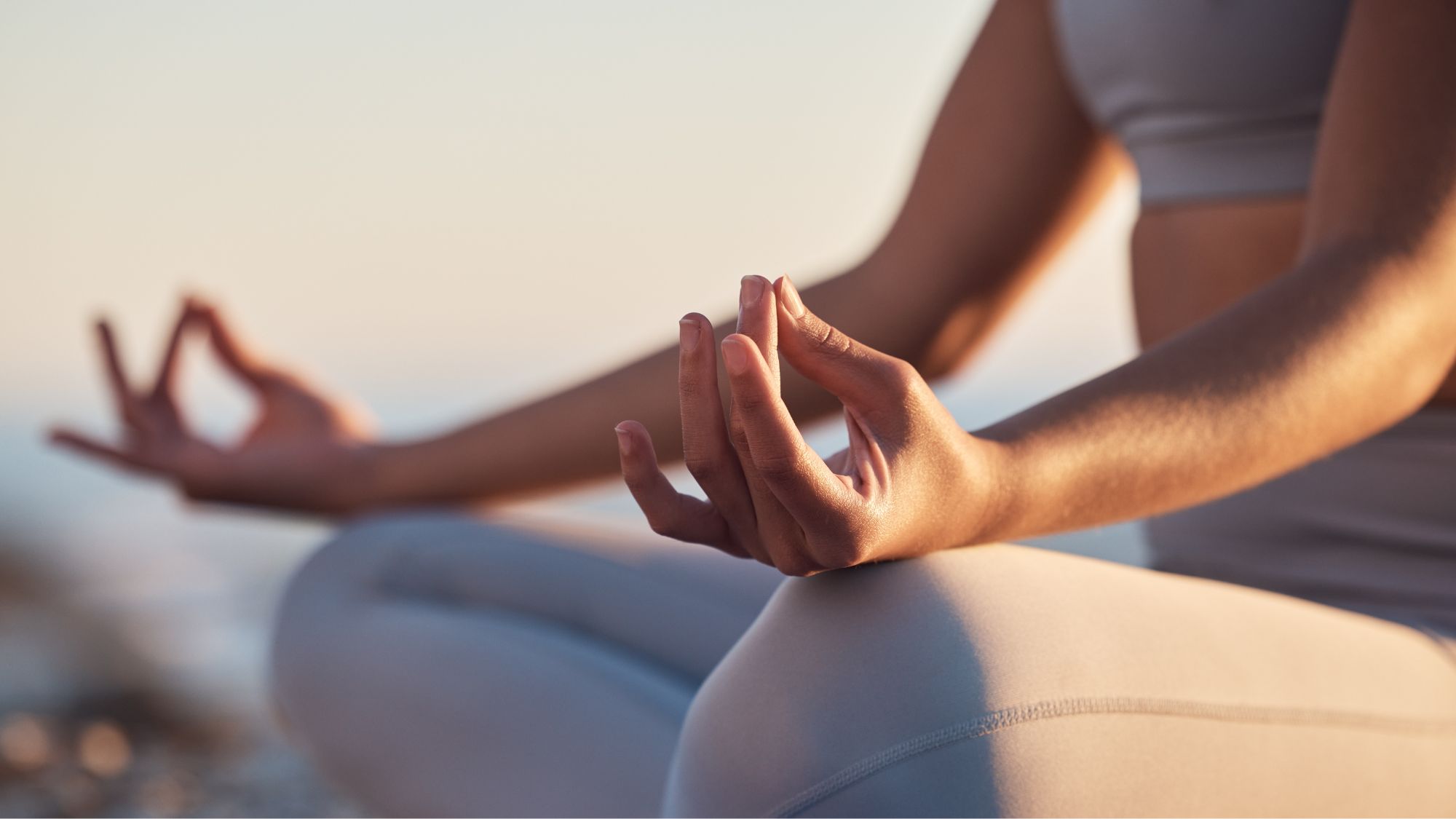

If you're on the hunt for relaxation techniques, chances are, you're feeling stressed. And you wouldn't be alone - according to the latest study from the Mental Health Foundation, 74% of people often feel so stressed they're overwhelmed or unable to cope.
According to the mental health charity Mind, stress is how you react when you feel “under pressure or threatened”. It usually happens when you're in a situation that you “don't feel you can manage or control” — and unfortunately, in 2023, those situations are all around, be it the devastating ongoing Israel-Gaza conflict, lack of sleep, or living through a cost-of-living crisis.
Know this: everyone reacts differently when dealing with stress. You may experience mental symptoms like low mood, anxiety, or the inability to switch off, while physical signs of stress can include trouble sleeping, difficulty breathing and digestive issues.
So what can you do to combat this? Well, along with learning how to manage stress, that’s where relaxation techniques enter the chat. As Dr Rebekah Wanic, mindset psychologist and self-optimisation expert, explains: “Relaxation techniques encompass a wide range of practices designed to reduce stress and anxiety, promote relaxation, and enhance overall wellbeing." And, according to Dr. Wanic, regular practice can lower blood pressure, reduce chronic pain, improve sleep, and decrease muscle tension. “By engaging in relaxation techniques, individuals can also gain a better awareness of their own mind-body connection, fostering a sense of peace and balance that can improve resilience against everyday stressors.”
Sound good? Then let us introduce you to some of the best relaxation techniques to help cut through the chaos, ease the stress and live a more relaxed existence. While you’re here, check out our edits of the best stress supplements and essential oils for stress, as well as explainers on how to reduce stress and how to relax.
10 expert-approved relaxation techniques to help you de-stress
If you're feeling stressed or overwhelmed, know this: there are a multitude of relaxation techniques all backed by science and encouraged by experts to help you manage your rising cortisol levels.
In fact, many of the best relaxation techniques take just minutes, are completely free and can be done from the comfort of your own home.
Marie Claire Newsletter
Celebrity news, beauty, fashion advice, and fascinating features, delivered straight to your inbox!
That said, what works for you, might not necessarily work for someone else, which is why we’ve called on a number of experts to share their industry knowledge. Here’s what they had to say…
1. Meditation
Meditation is a relaxation tool that requires you to focus your attention on the here and now and clear your mind of all its jumbled thoughts. Benefits include chronic stress management, increased self-love, a heightened attention span and a boost to both your creativity and focus levels.
Emma Mills, London meditation expert and author of Inhale. Exhale. Repeat. says: “When you meditate, you must be willing to switch off and relax. While it might sound funny to have to learn to relax, life can be demanding. If you're not careful, you can forget to come back into neutral and get stuck in go mode 24/7."
Her two cents? It’s important to give your brain and body a break with short intentional periods of rest. Give her go-to three-minute meditation a go, below.
Try this:
- Start by closing your eyes and focusing on your breathing for 60 seconds. Each time your mind wanders, just bring it back.
- Next, spend 60 seconds listening to what you can hear where you are. “Listening is at the heart of meditation,” Mills says. “When we listen we’re receptive and open.”
- For the final 60 seconds, let your attention range freely again so that you’re not focusing on anything in particular but just resting quietly.
2. Stretch
Most people only stretch before or after going for a run, lifting weights or playing sports (and some don’t stretch at all). If that's you, know this - along with aiding better posture and increasing range of motion, stretching can be a great stress reliever, shares Mills. It's a great way to ease tension and boost relaxation, she adds.
Try this: While there is a range of stretching workouts and mobility exercises you can do, the expert's favourite stretch is a yoga pose called cat cow. To give it a go, simply follow the steps below.
- Start by placing your hands shoulder-width apart and your knees directly below your hips.
- Inhale while curving your lower back down, bringing your head up like a "cow."
- Exhale while bringing your stomach in, arching your spine and bringing your head down like a ‘cat’. Repeat as many times as needed.
Shop MC UK's go-to stretching essentials now
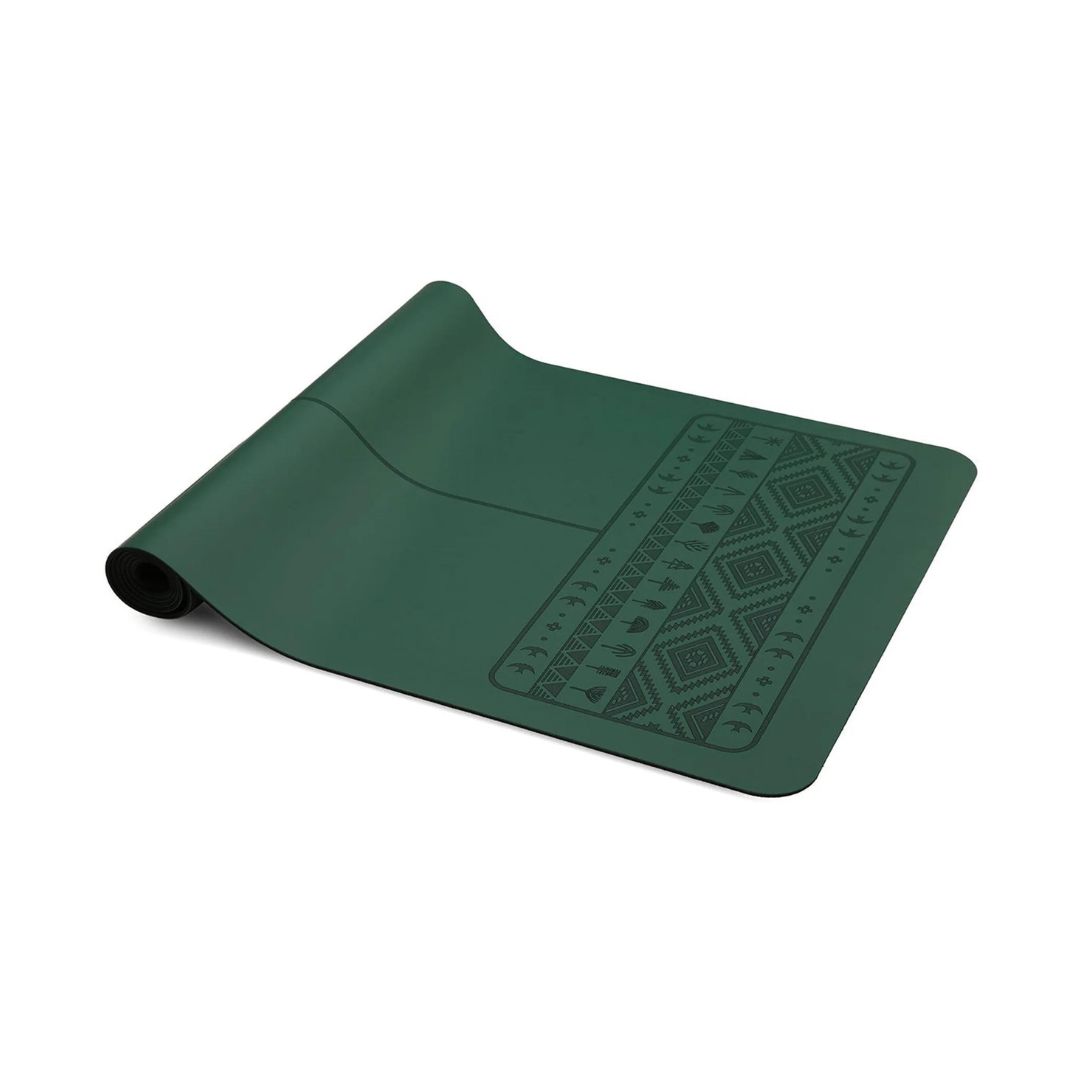
Give your body a base to stretch from with this eco-friendly yoga mat made from all-natural rubber that’s been sourced from sustainable forests. Free from animal testing, 100% vegan, and super comfy, this mat is a triple threat.
3. Exercise
Of course, exercise doesn’t just benefit you physically. Research, like this study published in the Sports Medicine journal, concludes that exercise “neutralises the effects of psychological stressors” and “dampens stressor-evoked increases in stress hormones”. That's because exercise reduces stress hormones, such as adrenaline and cortisol while stimulating the production of endorphins — otherwise known as the body’s natural mood elevators.
But is there one type of exercise that’s best for stress-busting? Online coach and certified personal trainer, Nathan Rawlings, weighs in: “It all comes down to personal preference - it'll likely be whatever workout you enjoy the most." For him personally? Hot yoga or yin yoga take the top spots. "Taking my body through a range of stretches and focusing on my breathing releases hormones, like endorphins, which help with relaxation," he adds.
Yoga not your thing? Rawlings recommends taking long walks in nature or trying out any other type of low-intensity steady state (LISS) training (our guides to walking workouts and low impact strength training might come in handy here). “Aim for something that will keep your heart rate in zones one to two for between 40 to 60 minutes,” he adds.
4. Acupuncture
Sure, needles might not sound the most relaxing, but the age-old Chinese practice of acupuncture has been used for over 2,500 years to help alleviate stress.
It involves inserting needles into pressure points on your body to ease tension, aches and pains. Though research is limited, there are studies, like this journal published in the Public Library of Science, to prove it can be beneficial.
5. Massage
Massage involves the stimulation of pressure receptors, which, as researchers in this 2017 study found, leads to “enhanced vagal activity” and “reduced cortisol levels” (which means your body's fight or flight response is kept under control).
And this form of relaxation technique is something holistic performance coach and PhD ambassador Louis Walcott swears by. He says: “Not only does massage allow you to relax for an hour and feel pampered, but it also gives your muscle tissue the opportunity to recover from training demands with some hands-on therapy alongside my other recovery practices.”
If you can't afford to head in studio, at-home options are available and arguably as effective (massage guns, we're looking at you).
6. Progressive muscle relaxation
You'll likely know muscle tension accompanies stress - but what if you could reduce stress by relaxing the tension in your muscles?
Bear with us on this one - but yes progressive muscle relaxation promises to do just that. As lifestyle medicine physician, Dr. Alka Patel, who’s better known as The Health Hacktivation Doctor, explains, it's a technique that involves tensing muscles in a sequential pattern.
Try this: "Aim for approximately ten seconds and then release quickly for 20 seconds before continuing to the next muscle group," she advises. Top tip: while you’re doing this, focus on the distinction between the feelings of tension and relaxation. Still not sure? The below steps will help.
- FIrst: Target your forehead and eyes. Start by raising your eyebrows, feeling the tightness in your forehead and holding for five to ten seconds. Then scrunch your eyes tightly closed, hold for a further five to ten seconds then relax.
- Next up: Focus on your jaw. Close your mouth by tightening your jaw, lips and teeth. Hold for five to ten seconds and relax.
- Now, tackle your shoulders and neck. Do so by raising your shoulders up and holding for five to ten seconds then relax.
- Then tighten your hands into fists and hold the tension for five to ten seconds then relax.
- Lastly, target your diaphragm by breathing in deeply, holding the air in for five to ten seconds and letting the air out through your mouth.
7. Visualisation
Fun fact for you, which you probably could guess: staycations and holidays can combat sky-high stress levels, as this research published in the International Journal of Environmental Research and Public Health highlights. That said if, like most, you can’t take a holiday every time you feel stressed, you can do the next best thing and that’s visualise what your next break or period of time off might look like.
“Visualisation is all about creating an image inside your mind of a place that feels safe and secure to you,” counsellor Georgina Sturmer tells Marie Claire UK.
Try this: “In developing your image, think beyond the location and consider the sounds, smells, and feel of your chosen location. This will make it feel much more real and calming," the expert shares. Follow the steps below for a simple how-to:
- Firstly, take a seat and close your eyes. Imagine a place that reminds you of calmness and safety.
- Then, invite yourself to take a seat at your chosen place, and start to notice what you can feel. It might be the wind in your hair, sand beneath your toes, or the warmth of the sun. Then ask yourself to notice the sounds. Next up, what can you smell?
- Once you’ve created this visualisation, you can carry it with you. When life becomes overwhelming, you can choose to close your eyes and imagine yourself there.
Shop our go-to journaling aids now:
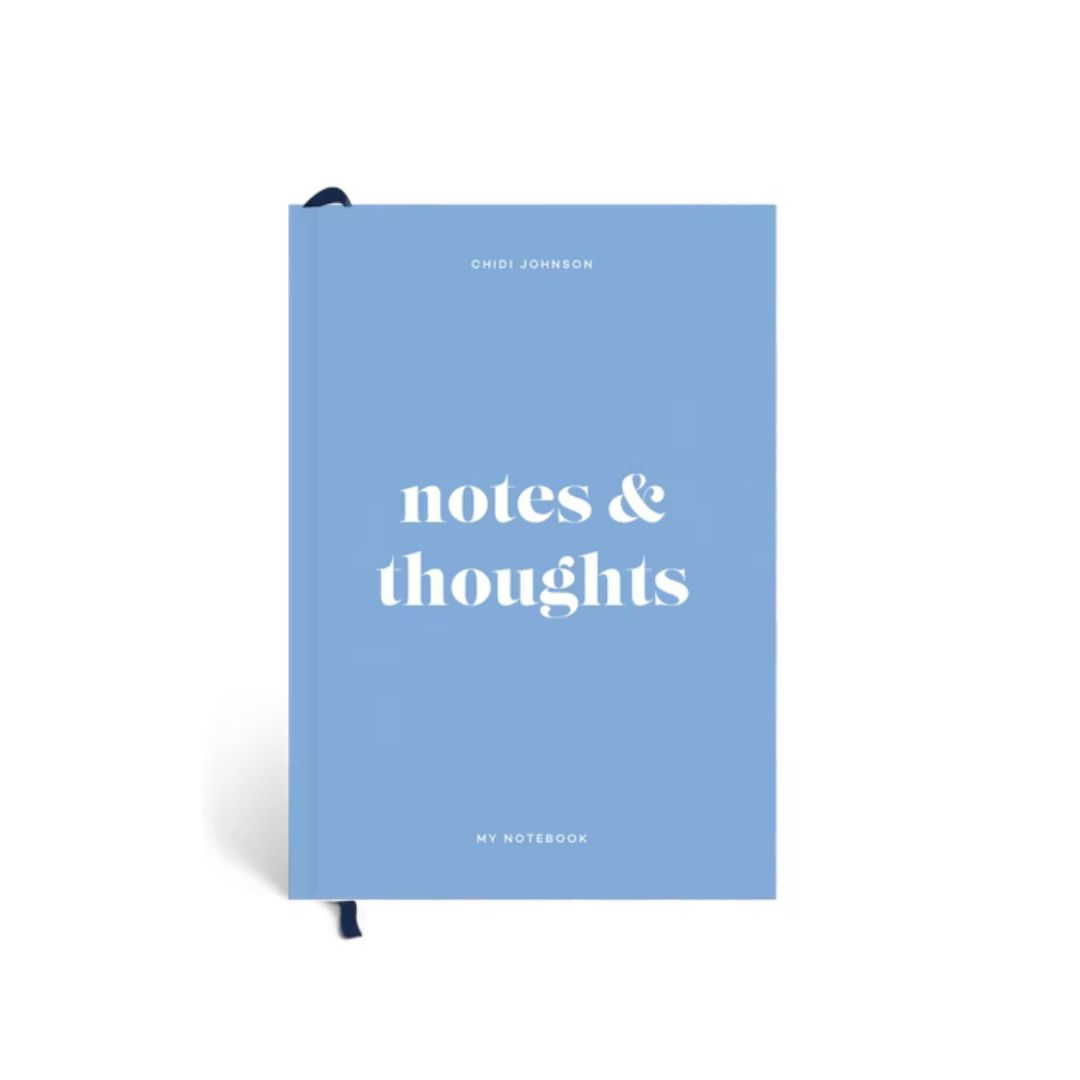
All you need to get started is a journal and a pen - and this one from Papier gets our vote. You can choose between lined, dotted or plain pages inside and personalise the cover with a name, fun title, or special quote, too. Plus, all notebooks are made from ethically sourced paper.
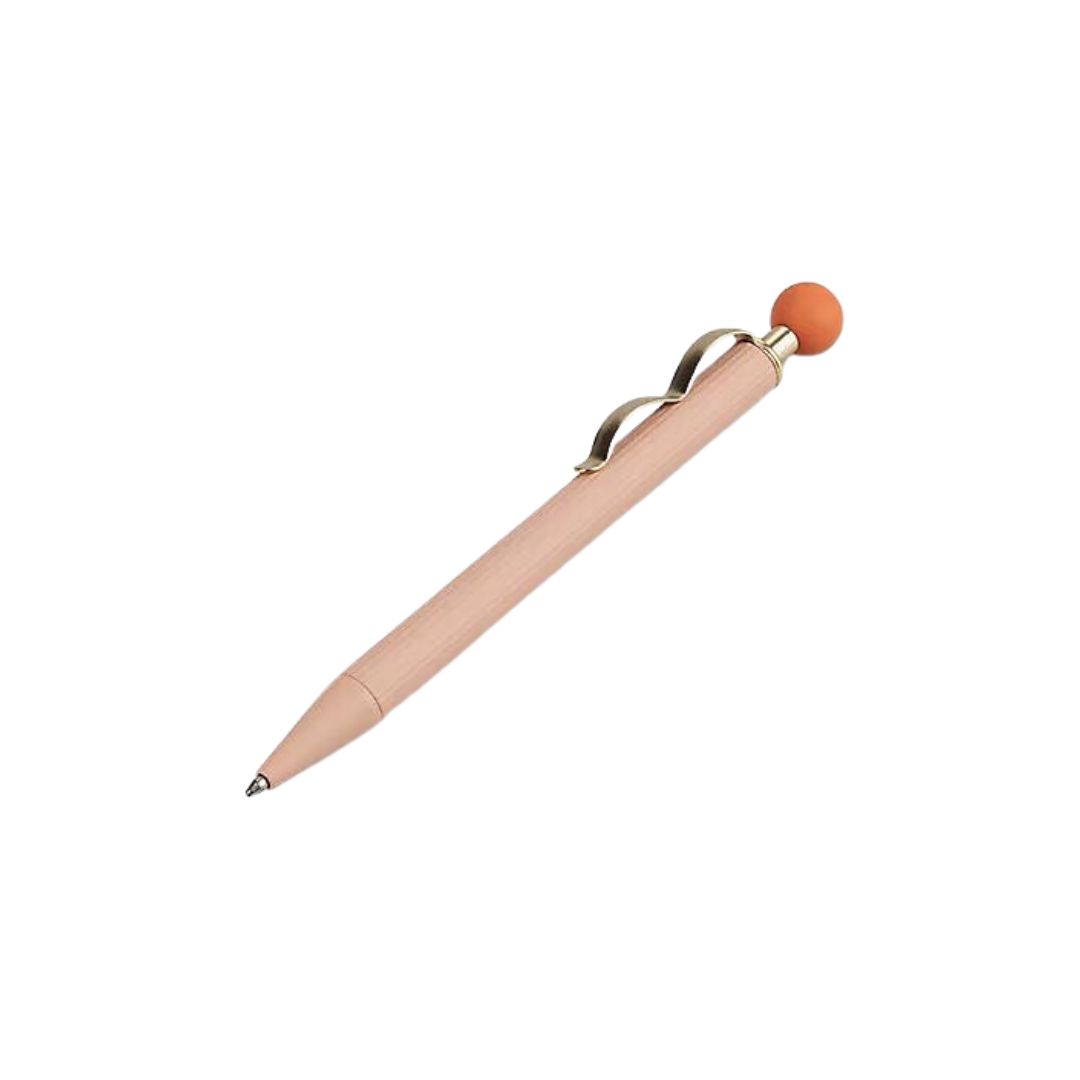
There's nothing better than a good pen, and we can confirm this curve ribbed ballpoint from Selfridges ticks all the right boxes.
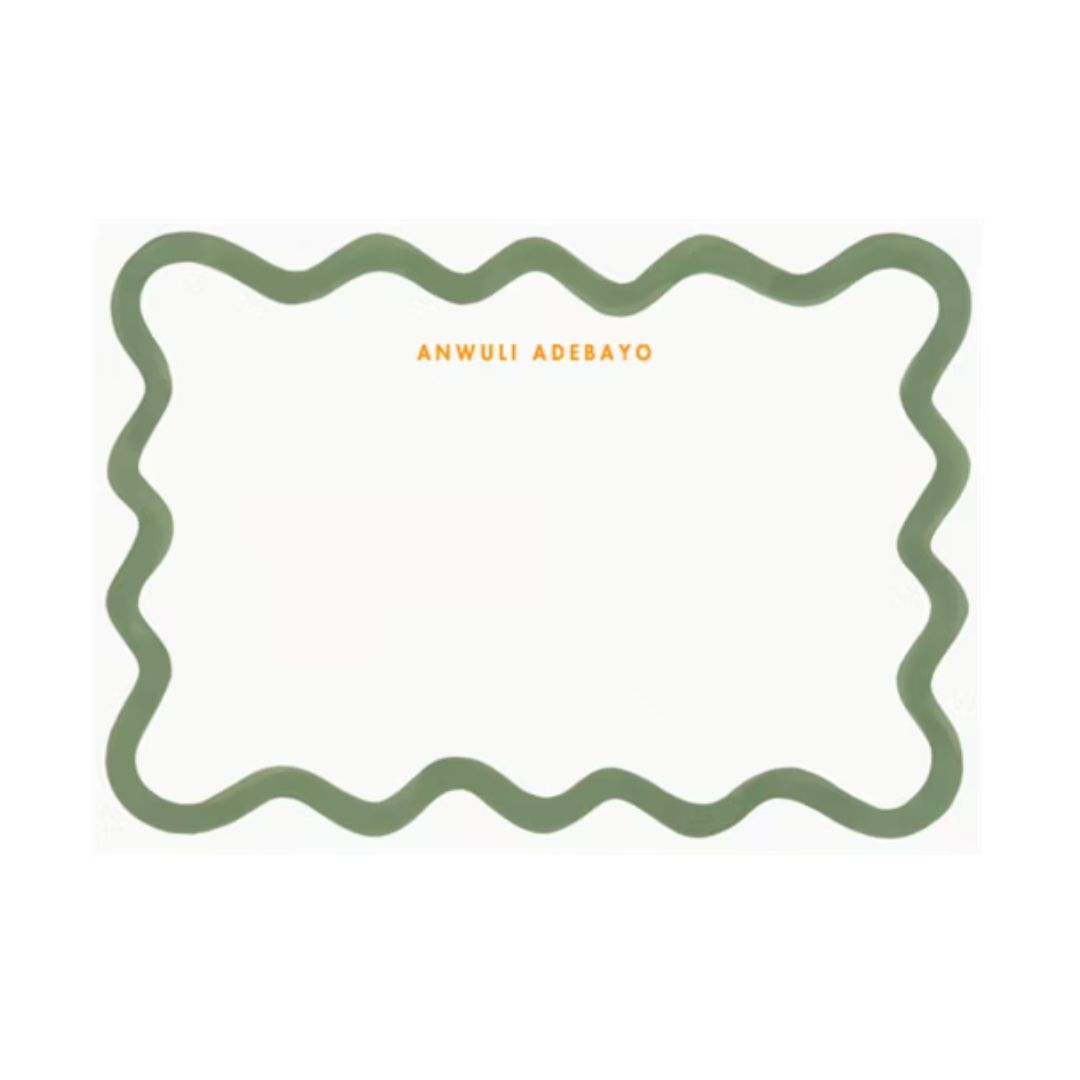
Journaling is a highly personal practice, yet sometimes, the art of putting pen to paper and writing a friend, colleague or loved one a letter can also be cathartic. Whether it's to thank them or just brighten their day, we're a big fan of these cute Papier notecards for a personal touch.
8. Cognitive behavioural technique
Cognitive behavioral technique is the “effective, gold-standard treatment” for anxiety and stress-related disorders, accordingt to this recent study. But what exactly is it? Often shortened to CBT, this type of therapy helps people learn how to identify and change their thought patterns that negatively impact their behaviour and emotions.
Life coach Bayu Prihandito, the founder of Life Architekture, explains: “It works by breaking down big, overwhelming problems into smaller parts, making them easier to manage. Then, you'll identify specific thought patterns and beliefs that lead to these negative feelings and find effective and practical strategies to change them.”
While to experience professionally-aided CBT you'll have to visit a qualified expert, you can try the following at home to aid your journey:
- Identify the situation/s or conditions in your life that are causing issues.
- Write down in a journal your thoughts, emotions, and beliefs about these specific problems.
- Have an honest look at your thoughts and point out the negative, inaccurate, or irrational thinking.
- Once you've identified the patterns of thought that are shaping your perception, challenge these thoughts and replace them with more balanced and positive ones.
9. Breathwork training
One of the best relaxation techniques to have up your sleeve? Breathwork training. Essentially, this practice involves consciously and mindfully changing your breathing pattern to promote relaxation. But how so?
“Breathwork reduces stress as it triggers the relaxation response in your body, lowering your heart rate and reducing stress hormones like cortisol,” Florence Penny, consultant musculoskeletal physiotherapist and founder of Flow Physio London, tells us. “Your breath is a direct reflection of your nervous system. Short shallow restricted breathing is a sign of stress and overstimulation. Deep, full, expansive breathing soothes and calms the nervous system and creases a sense of inner safety.”
Keen to give it a go? Try the following:
- Complete box breathing by slowly exhaling through your mouth for a count of four. Focus on your breath and emptying your lungs.
- Slowly inhale through your nose for another count of four.
- Hold that breath in for another count of four.
- Exhale again for four. Repeat as much as needed.
10. Energy healing
Last but by no means least - energy healing. Also known as energy medicine, this type of alternative and holistic therapy is based on the understanding that the mind and body have an invisible energy field that can become "blocked" or "unbalanced." According to the National Center for Complementary and Integrative Health, practitioners can help restore balance and overall wellbeing through the use of their hands, or other mediums like crystals or acupuncture needles.
From acupuncture to aromatherapy, there are several practices you can incorporate into your routine. But energy healer and founder of wellness space, Grey Wolfe, Sarah Jones St John, is particularly fond of crystal healing.
“Crystals have been used for centuries in different cultures for their healing properties,” the expert explains. “Each crystal has a unique internal structure that resonates at a certain frequency. By harnessing the unique vibrations of crystals, we can achieve balance, harmony, and wellbeing,” she adds.
What is the 333 rule for anxiety?
Very good question. Essentially, the easy-to-remember 333 rule is a relaxation technique used by anxiety-suffers.
The 333 rule works by encouraging you to look around your environment and name three objects, three sounds and move three body parts. The calming technique gives you something to focus on when your anxiety has been triggered.
While it won’t help ease anxiety once and for all - and you should certainly visit a medical professional if anxiety impacts your day-to-day over a prolonged period of time - it can help you manage your stress in that particular moment.

Rebecca, or Becks, is a freelance journalist with more than ten years of experience in the industry. She specialises in all things health and lifestyle and has written for a number of brands including Women's Health, Stylist, the Evening Standard, Good Housekeeping, The Telegraph, Live Science, Tom's Guide and Fit&Well. Becks also writes copy for a number of brands and small businesses.
When she's not weight training, tracking down the best gym leggings, reading a book or at her desk typing away, you'll find her in the kitchen perfecting a new recipe or bake.
-
 Mytheresa is having a secret sale right now and these are the 11 cult items I'm eyeing
Mytheresa is having a secret sale right now and these are the 11 cult items I'm eyeingIncluding the designer bag that was everywhere at Milan Fashion Week
By Clementina Jackson
-
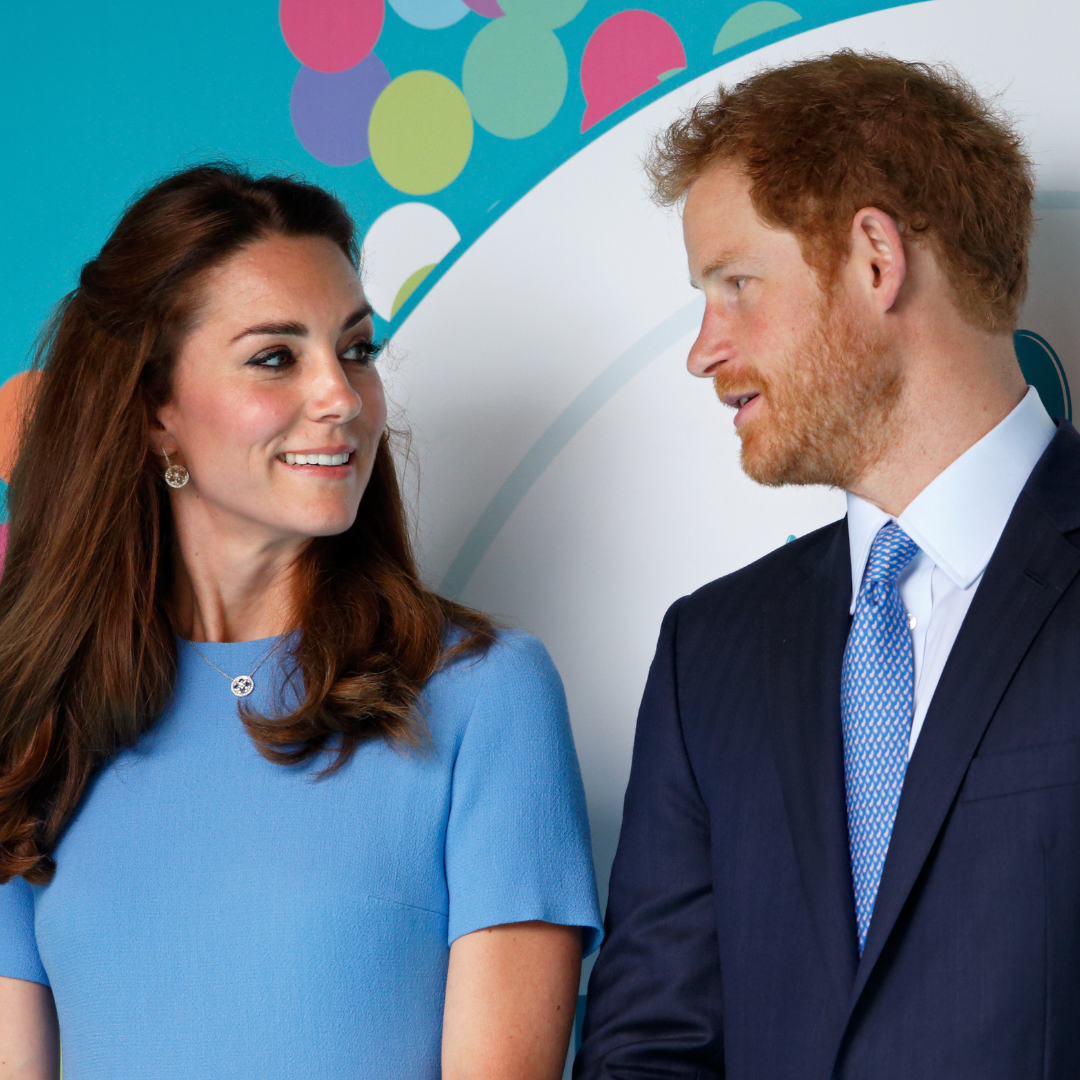 Prince Harry reportedly extended an 'olive branch' to Kate and William on latest UK trip
Prince Harry reportedly extended an 'olive branch' to Kate and William on latest UK tripBig if true
By Iris Goldsztajn
-
 How Prime Video is protecting Blake Lively amid her new movie promo
How Prime Video is protecting Blake Lively amid her new movie promoAn understandable move
By Iris Goldsztajn
-
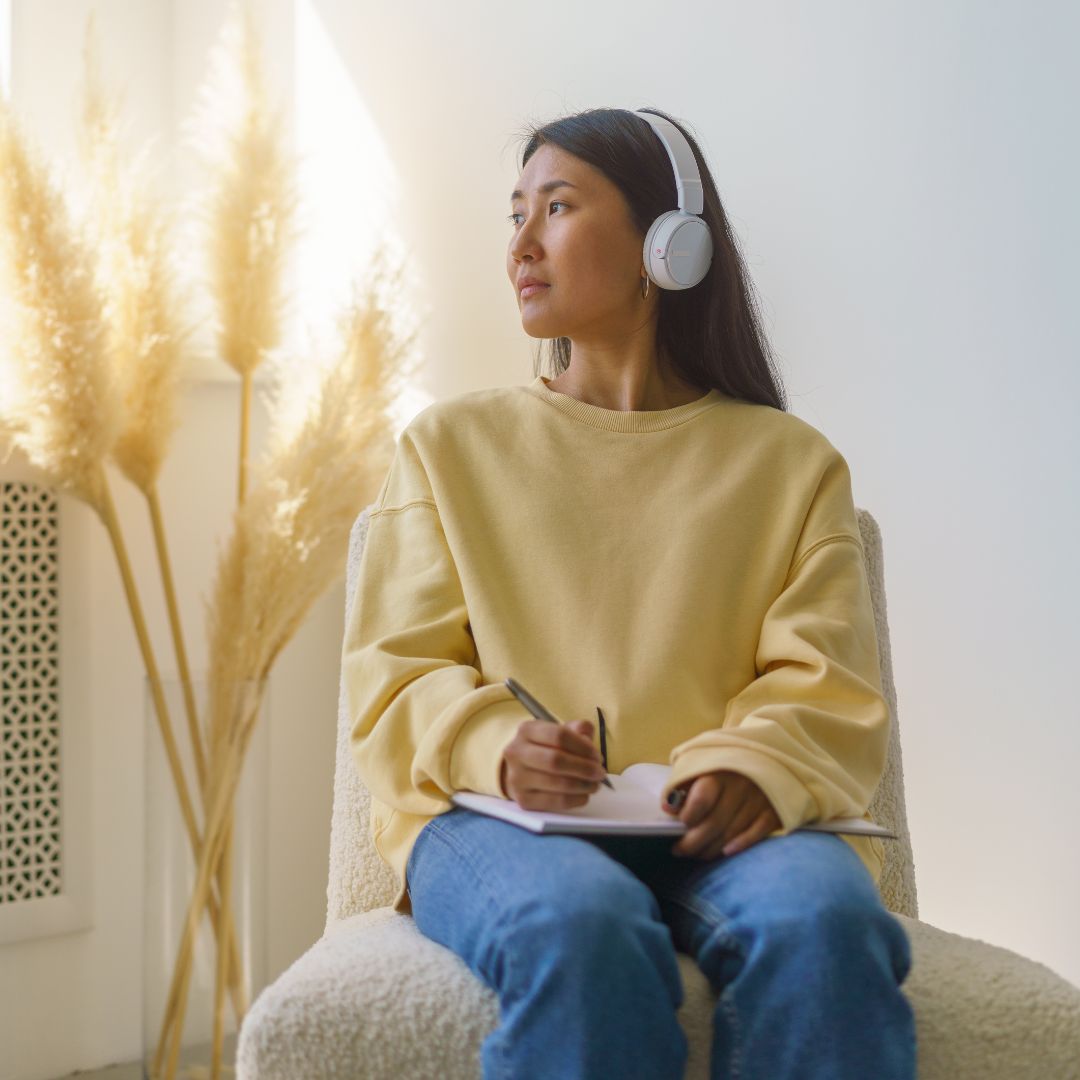 As Mel Robbins' Let Them theory gains global traction - how the simple tool promises to transform your life
As Mel Robbins' Let Them theory gains global traction - how the simple tool promises to transform your lifeNot to mention, help you take back control.
By Katie Sims
-
 I'm a leading wellness expert - and always turn to these 5 simple prompts before saying yes to a decision
I'm a leading wellness expert - and always turn to these 5 simple prompts before saying yes to a decisionAlways feel torn? Consider this your bible.
By Adrienne Adhami
-
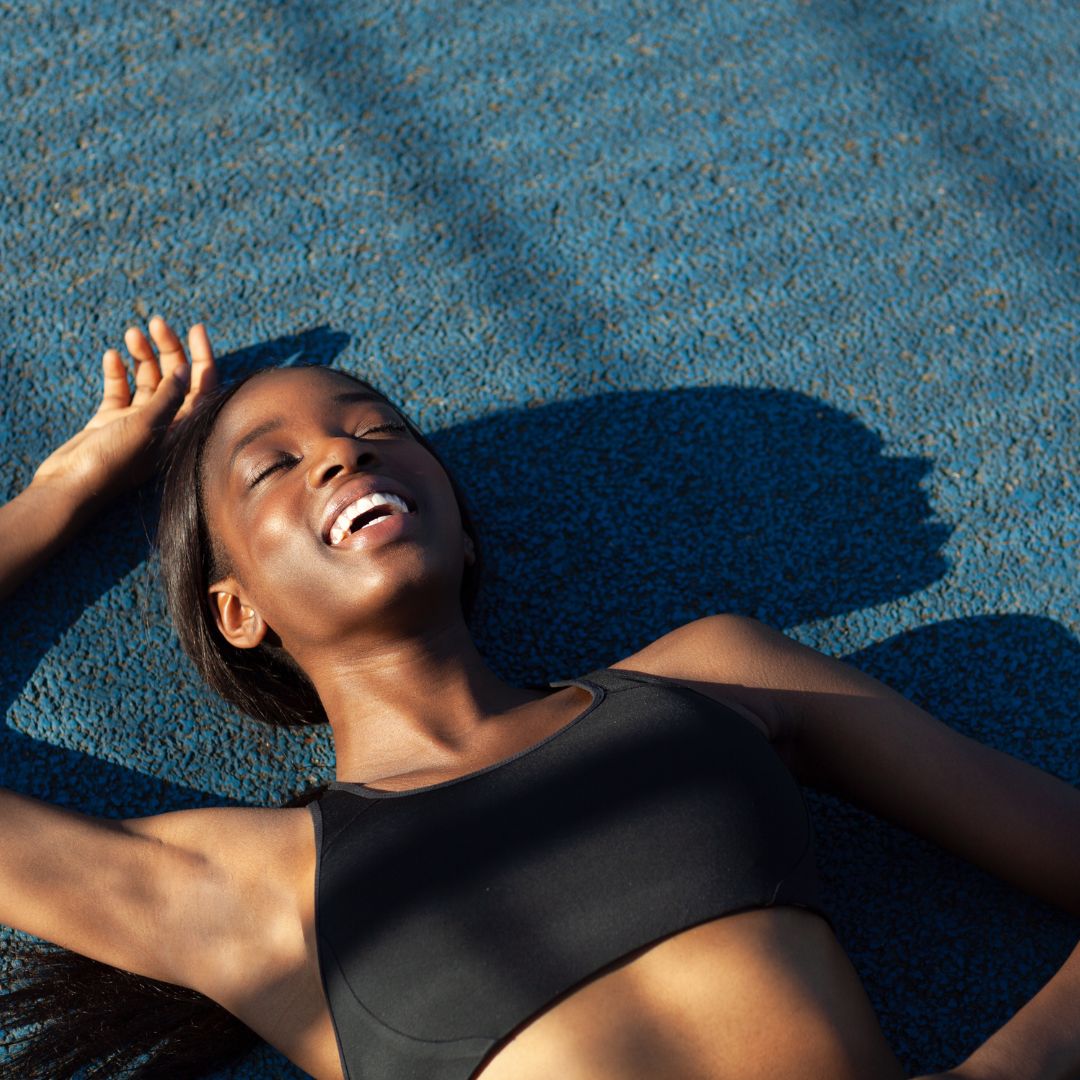 I'm a world-renowned psychotherapist - why mastering your emotions is the key to overall wellbeing
I'm a world-renowned psychotherapist - why mastering your emotions is the key to overall wellbeing"Authenticity involves acknowledging your feelings and deliberately deciding how to express them."
By Ally Head
-
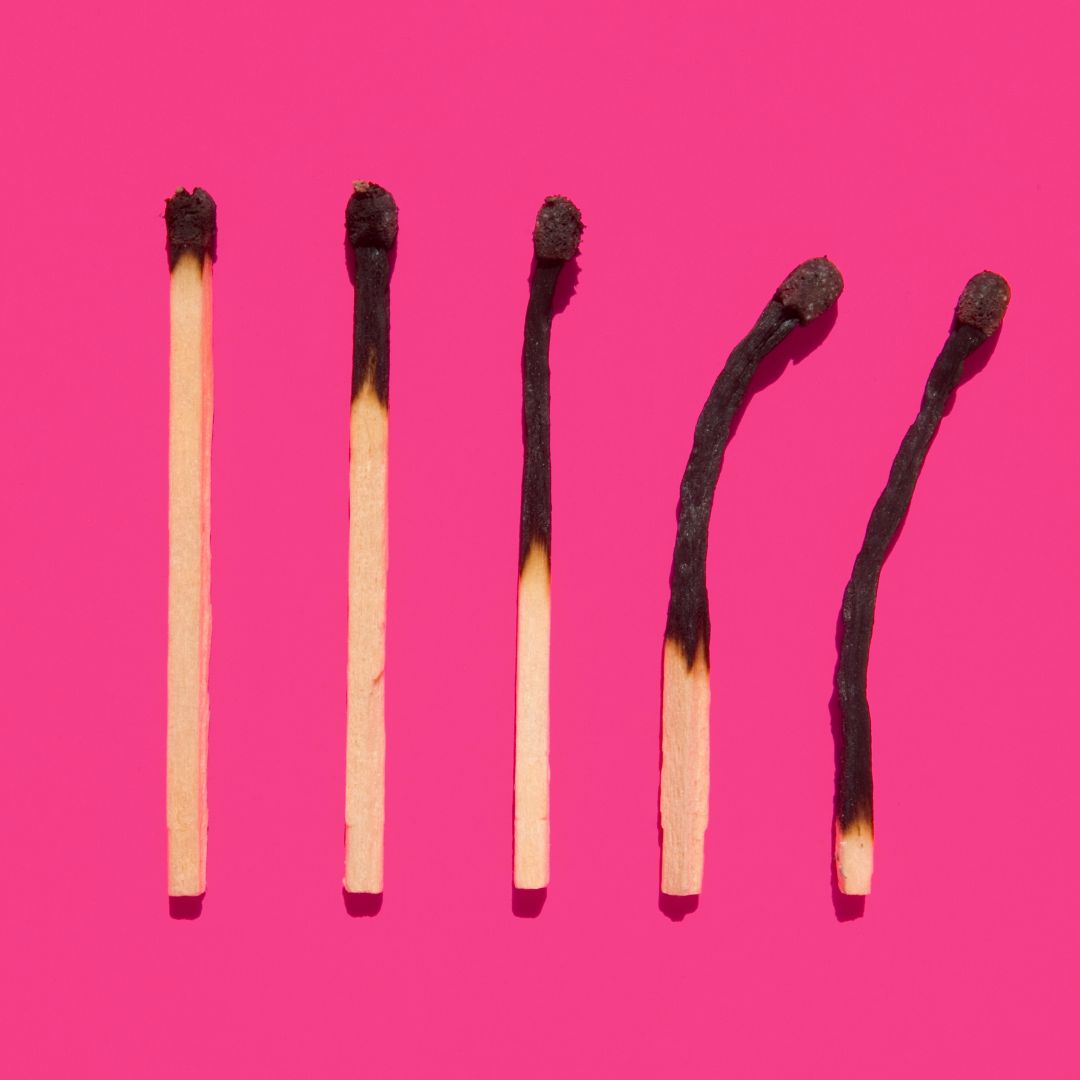 Burnout: “My days blurred into late nights at the office, fuelled by stress and a compulsion to prove myself”
Burnout: “My days blurred into late nights at the office, fuelled by stress and a compulsion to prove myself”Life after burnout: How women can recognise, recover, and reclaim balance
By Dorothy Herson
-
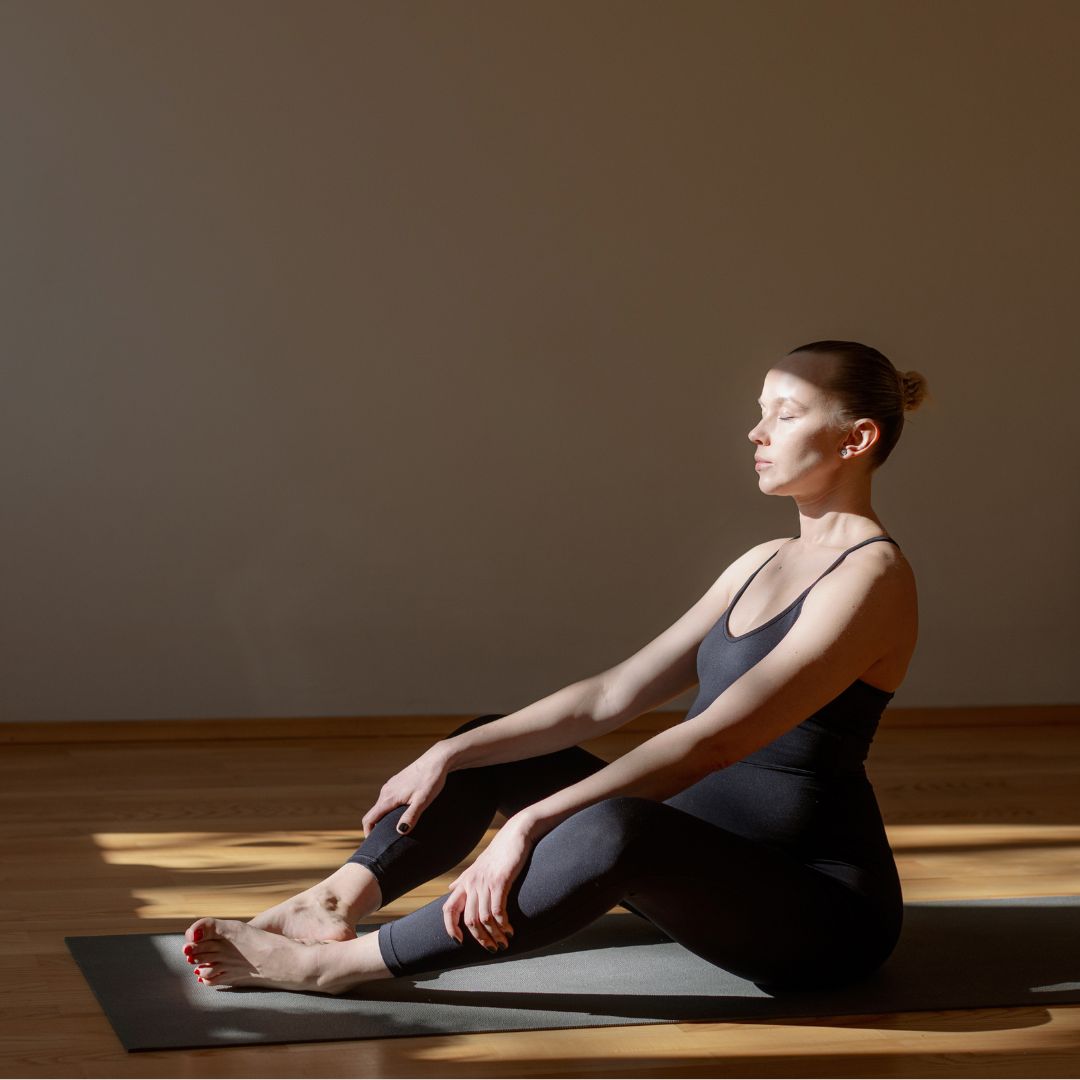 Feeling frazzled RN? Your fail-safe guide to how to boost calm, any place, any time
Feeling frazzled RN? Your fail-safe guide to how to boost calm, any place, any timeTop pros share how they keep their cool.
By Camille Dubuis-Welch
-
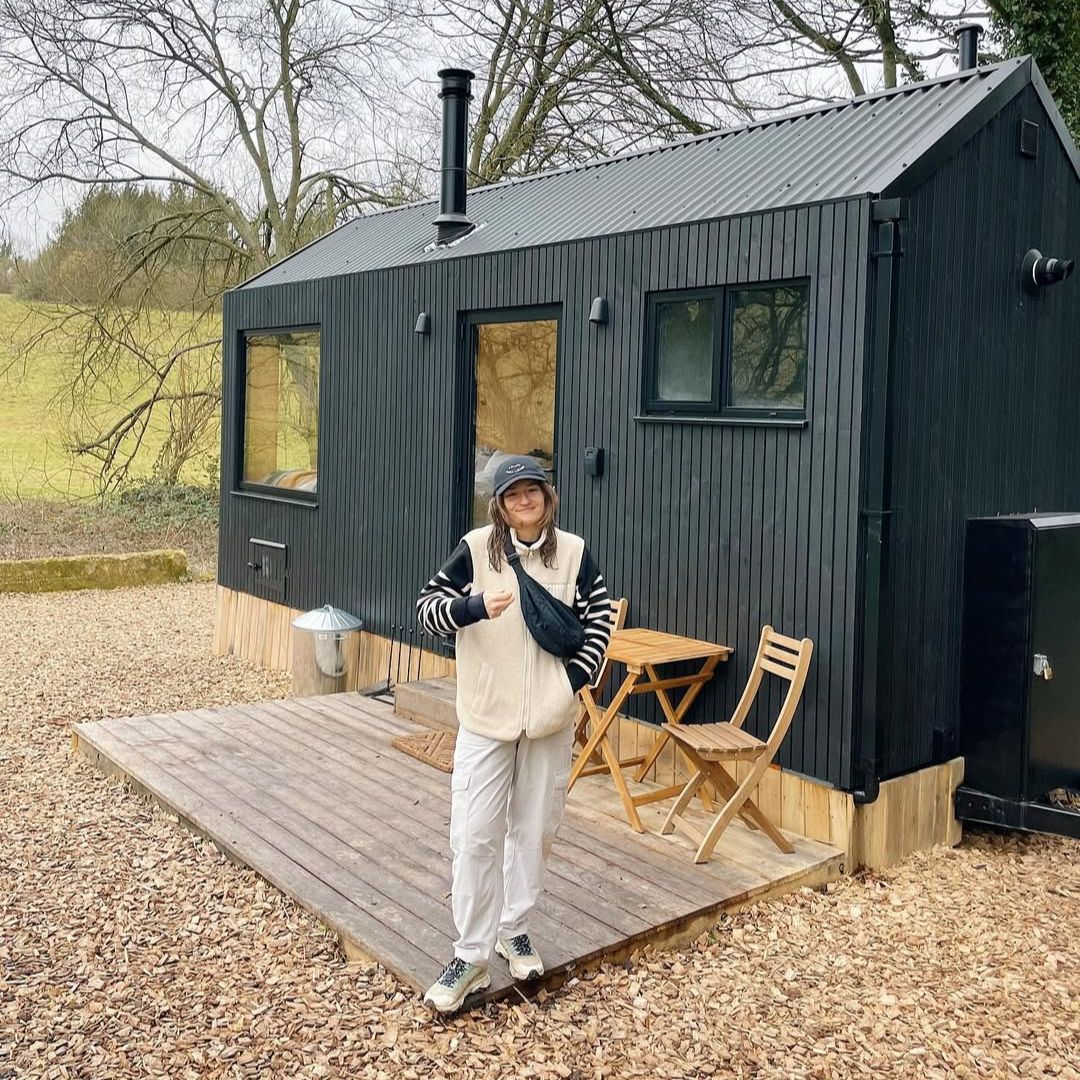 Being outside is one of the most effective ways to boost calm - 4 invaluable lessons I learnt from an off-grid weekend
Being outside is one of the most effective ways to boost calm - 4 invaluable lessons I learnt from an off-grid weekendIt's a busy time of year - but sometimes, all it takes to boost calm is to step outside.
By Ally Head
-
 I wrote my own dopamine menu after seeing them go viral - and can't stress how much it's boosted my wellbeing
I wrote my own dopamine menu after seeing them go viral - and can't stress how much it's boosted my wellbeingThis one's worth a try.
By Chloe Gray
-
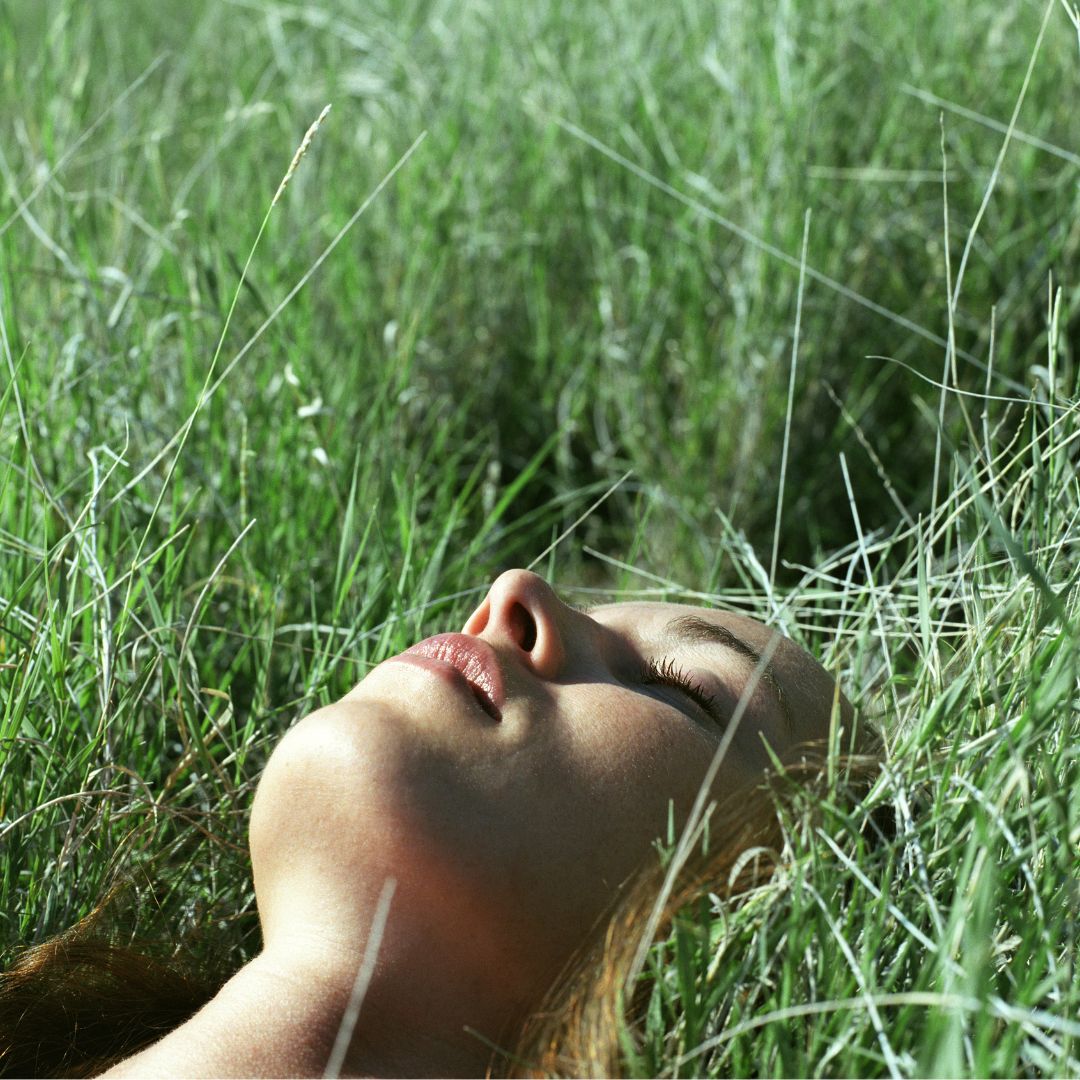 How the trending 5-4-3-2-1 technique promises to boost calm and ease tension in just minutes
How the trending 5-4-3-2-1 technique promises to boost calm and ease tension in just minutesAn expert gives their verdict on the viral method.
By Chloe Gray
